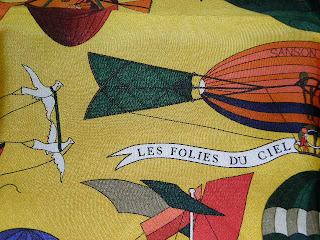Since this has been in some ways a bleak & dismal year, I took a management decision and resolved to celebrate Christmas in a major way this year and enjoy myself shamelessly. The Christmas Markets, the Cookie Baking, the Present Buying, the Advents Season’s Rituals, the Get Together with all my Favourite People, I am doing the lot! This Blog will bear witness to my excesses, as a warning and/or example to emulate for all.
So, this year I plan to go not to one, or even two, but to four Christmas Markets in three countries. After all, what is the point of rushing around to see people in other countries if you can’t enjoy yourself why you are there? Paris
The Champs-Elysees Christmas Market is said to be the biggest one in Paris
I also managed a photo of the home made chocolate stall, where massive slabs of chocolate were on display – obviously I felt honour-bound to buy some afterwards! Very good chocolate, though hideously expensive.
Then we bought pretzels from the German food stall and continued to wander along the huts that sold hot wine, donuts, bonbons, candied fruits, sausages, cheeses, various woolly items of clothing, and so on and so forth. There were even one or two huts that sold Christmas ornaments, though not the sort I would hang onto my tree – I am extremely particular in that respect, and only suffer hand-made originals from the depth of Germany on my Christmas-tree
In addition to the huts we spotted several carrousels and similar funfair style contraptions, including a House of Horror and a Dinosaur Dungeon. I dismissed them all as unsuitable for Christmas, and bought more food instead.
On the way home I happened across the cutest little Christmas trees imaginable! Less than a foot high, extremely tree-like, made from real pine tree branches stuck onto a wooden central stake. Never seen such a thing, I just love it!!!
I also took a few quick photos of a really beautiful Christmas display in a shop window, but the reflection was such that all my photos turned out to look like surreal triple exposure artistic avant garde street scenes. But well, maybe you like to see one of them anyway!






















